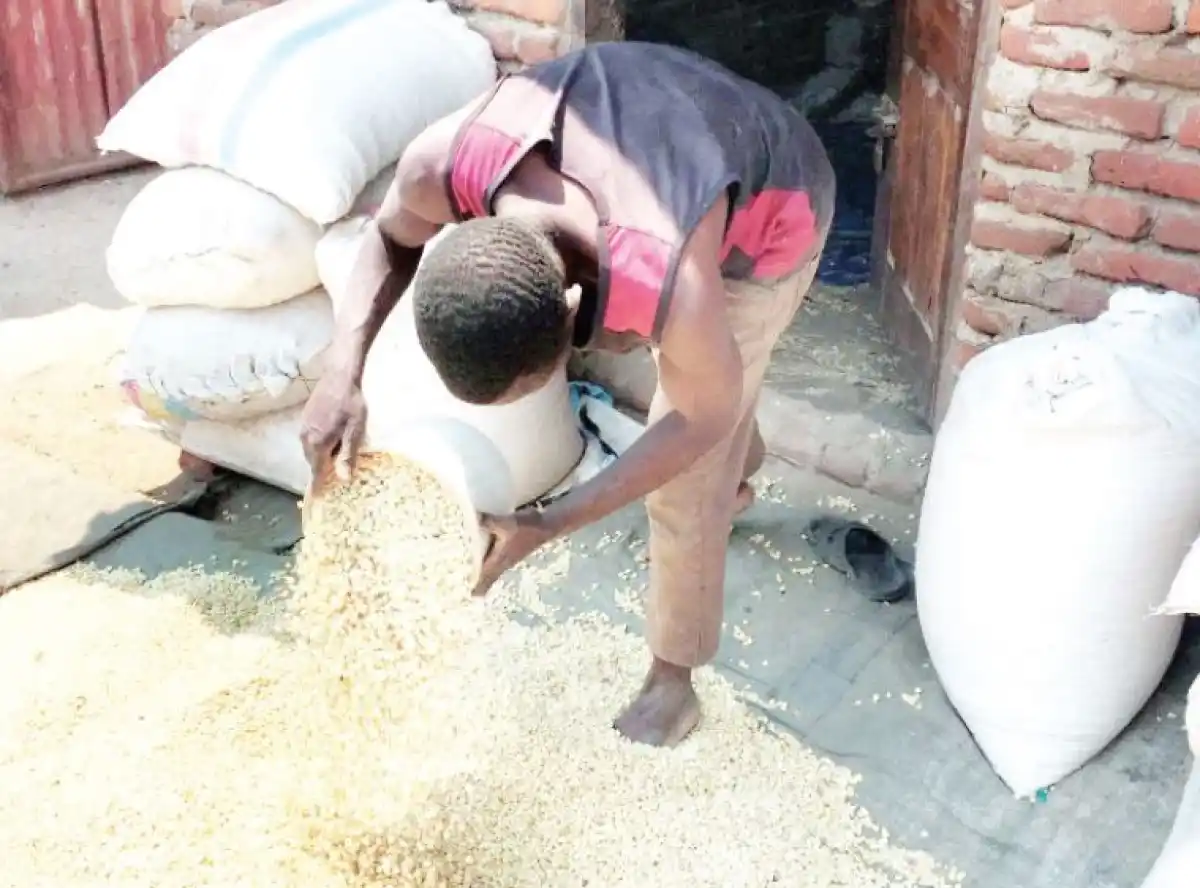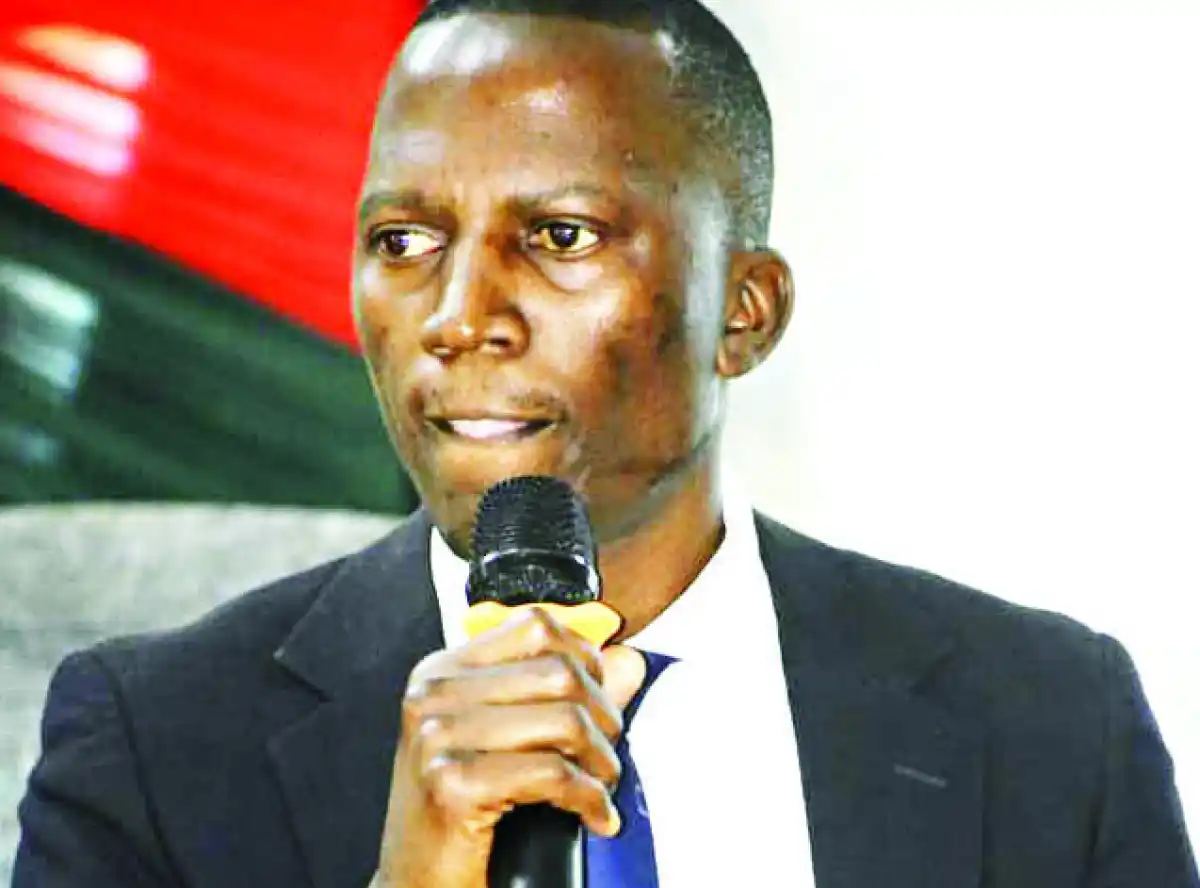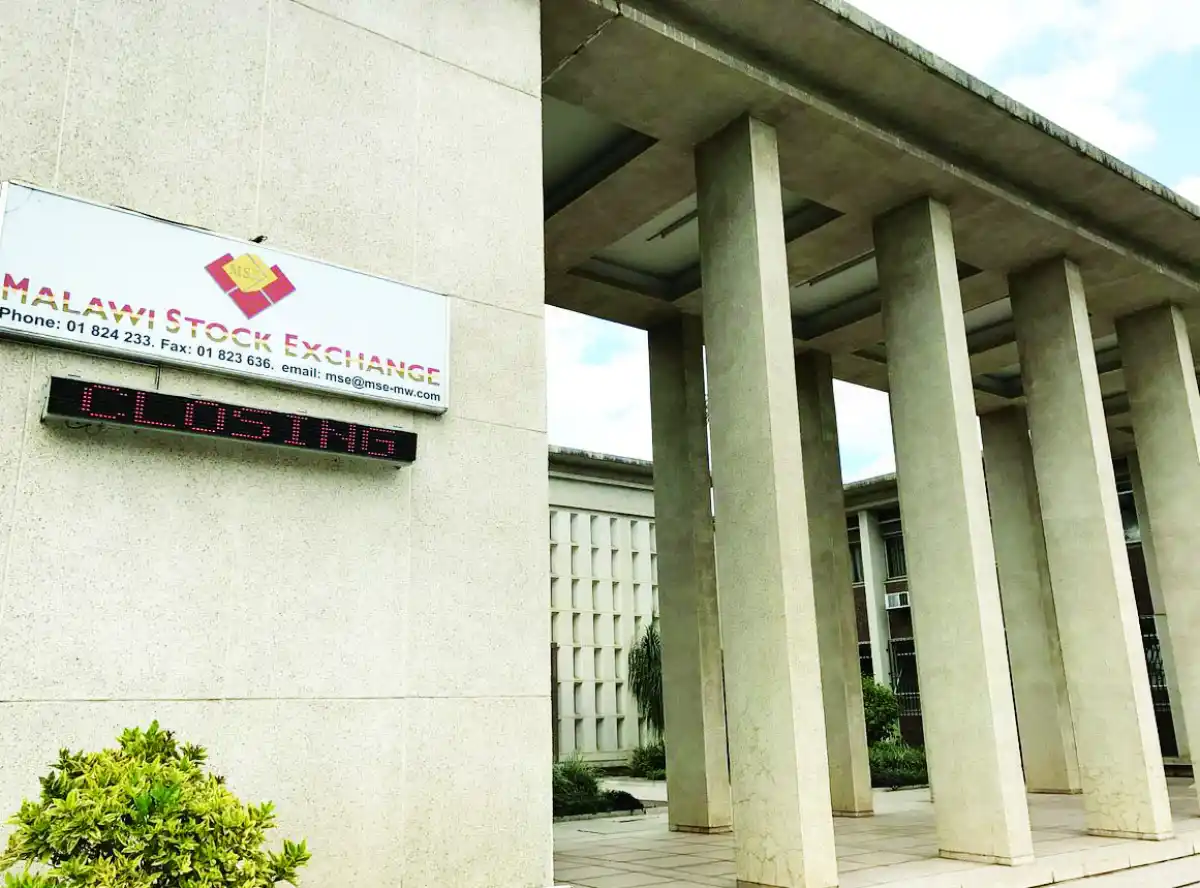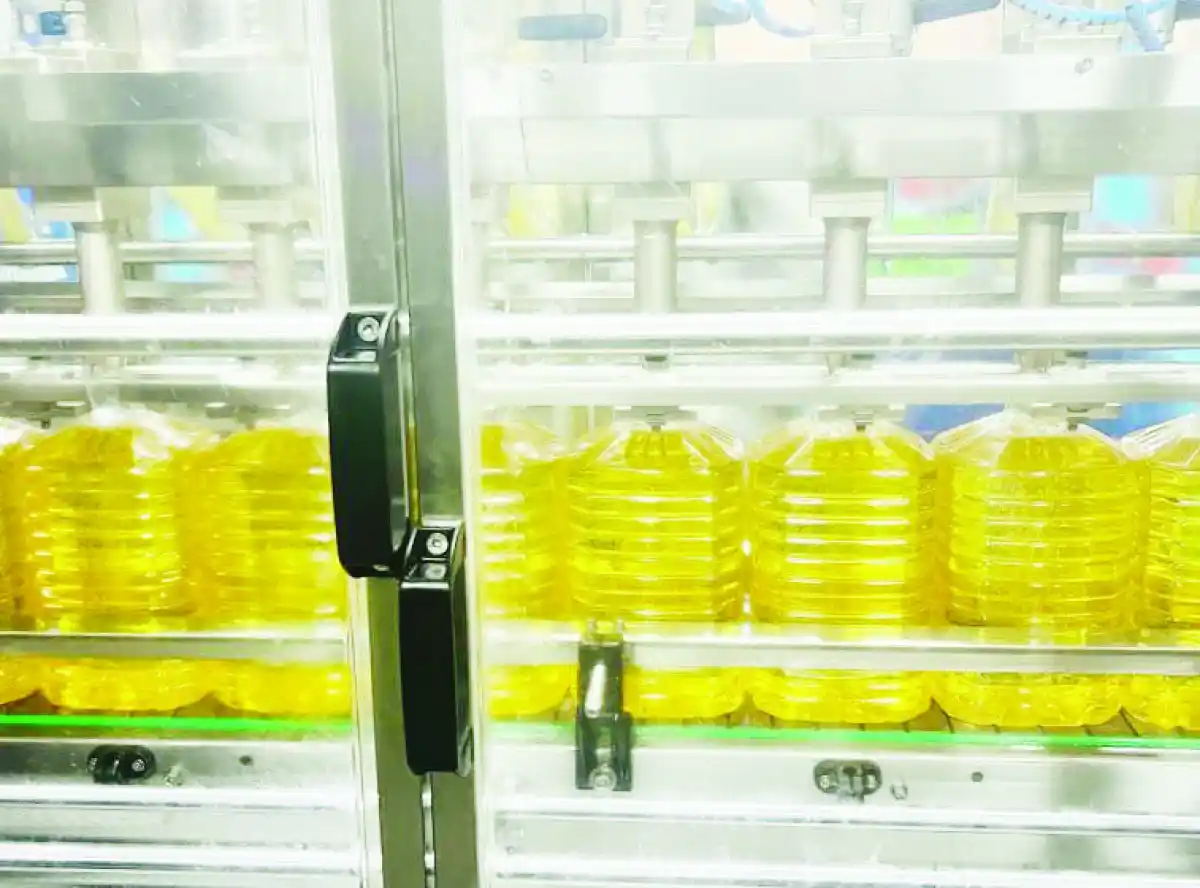
By Kingsley Jassi
Malawi’s chances of attaining a lower middle-income mark continue narrowing due to continued sluggish growth rate in recent years.
This year for instance, the government has revised downwards the gross domestic product (GDP) growth projection to meager 1.8 percent, making the four-year growth rate to average 1.5 percent.
To attain the middle-income mark by 2030 as inscribed in the first Malawi 2063 Implementation Plan (MIP 1), the economy was supposed to be growing by at least six percent per year within a decade.
Already, a recent report by the National Planning Commission—a government entity mandated to draw and oversee implementation of the country’s long-term development plans—stated that considering the current fragile trend of economic growth, Malawi will reach middle-income status by 2045.
It notes that if the local economy was to start swelling consistently by six percent per annum for the next six years, Malawi would reach middle-income status some six years later in 2036.
Lower middle-income economies are those with a GNI per capita, calculated using the World Bank Atlas method, of between $4,516 and $14,005.
Malawi’s GNI per capita was reported at around $1820 last year.
Commentators feel investing in productive sectors would be ideal for timely attainment of the growth aspirations.
Agricultural policy expert Tamani Nkhono said this year, Malawi could register substantial economic growth if the agriculture sector was revitalised with right production systems in place.
Nkhono said the low growth rate is a reflection of poor production systems and not necessarily the climatic shocks that are often attributed as the causes for the economic slowdown.
“We are calling them shocks because of the type of agriculture production that relies on subsistence and rain fed farming. If we had the commercial irrigation systems in place we could have avoided the low growth rate,” Nkhono Mvula said.
Minister of Finance Simplex Chithyola admitted in an interview that the current situation is limiting jobs especially for the youth who take up 51 percent of the population, hence the need to invest more in productive sectors, especially agriculture, to reignite economic activity.








0 Comments